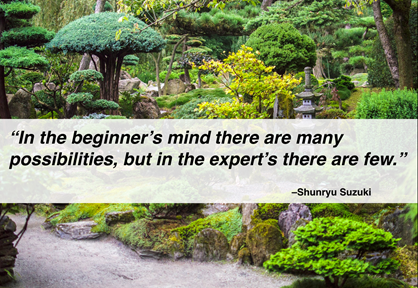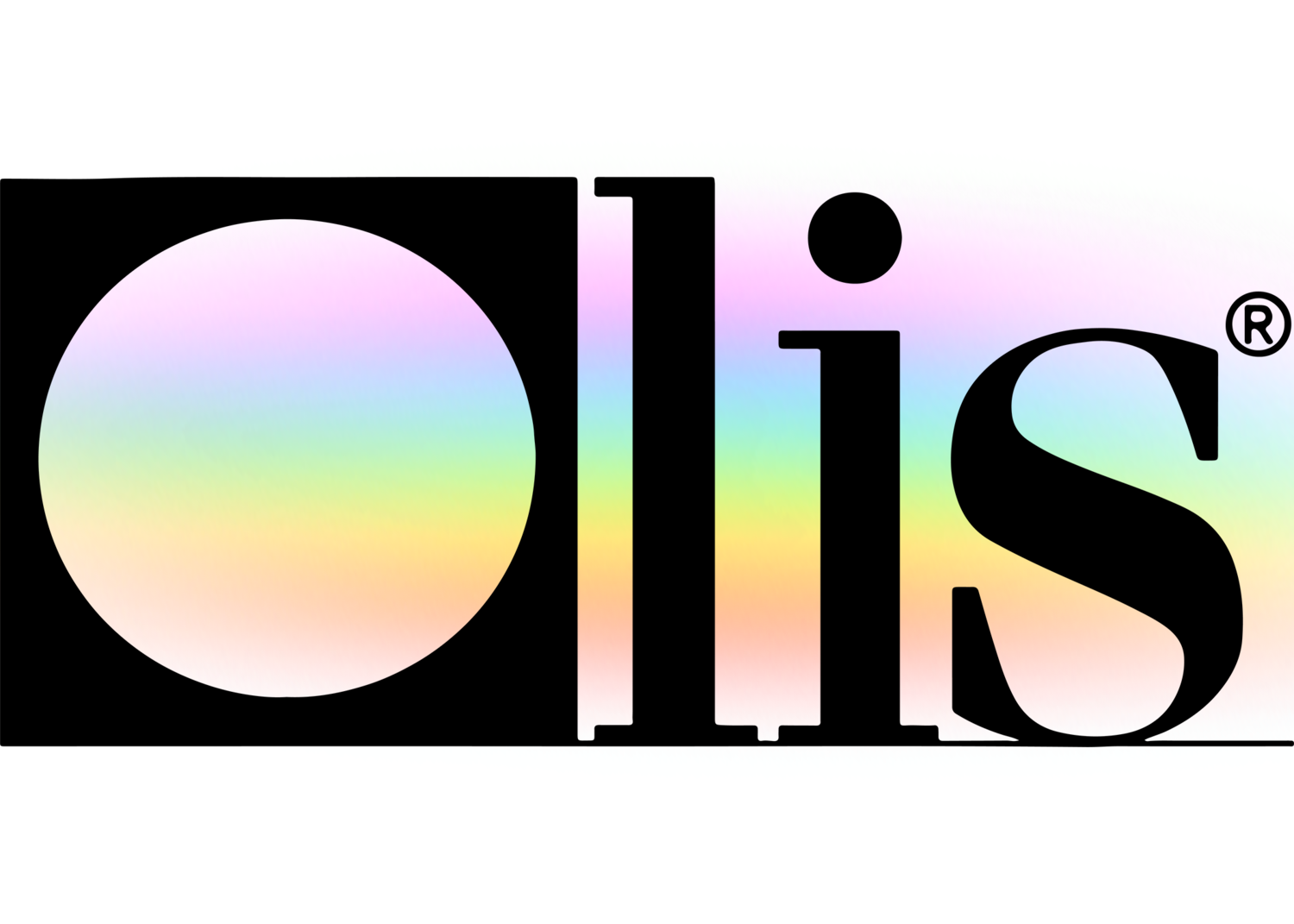What Does Spectrophotometers Do?
What Does Spectrophotometers Do?
Blog Article
The 3-Minute Rule for Circularly Polarized Luminescence
Table of ContentsNot known Details About Uv/vis/nir All About Uv/vis/nir6 Easy Facts About Circularly Polarized Luminescence Shown4 Simple Techniques For SpectrophotometersFascination About SpectrophotometersThe Buzz on Circular DichroismCircular Dichroism Can Be Fun For EveryoneAbout Uv/visThe Facts About Circular Dichroism UncoveredThe Best Strategy To Use For SpectrophotometersNot known Facts About Circular DichroismSpectrophotometers Can Be Fun For EveryoneSome Known Questions About Circular Dichroism.
It is then scanned through the sample and the recommendation solutions. Portions of the incident wavelengths are transferred through, or shown from, the sample and the reference. The resultant light strikes the photodetector gadget, which compares the relative strength of the two beams. Electronic circuits transform the relative currents into linear transmission portions and/or absorbance/concentration worths.The transmission of a recommendation compound is set as a baseline (information) value, so the transmission of all other substances are tape-recorded relative to the initial "zeroed" substance. The spectrophotometer then converts the transmission ratio into 'absorbency', the concentration of particular components of the test sample relative to the preliminary substance.
Since samples in these applications are not readily available in large quantities, they are specifically fit to being examined in this non-destructive strategy. In addition, precious sample can be saved by using a micro-volume platform where as little as 1u, L of sample is required for total analyses. A quick description of the procedure of spectrophotometry consists of comparing the absorbency of a blank sample that does not include a colored substance to a sample that contains a colored compound.
The Best Guide To Uv/vis/nir
In biochemical experiments, a chemical and/or physical residential or commercial property is picked and the treatment that is used specifies to that property in order to derive more info about the sample, such as the quantity, purity, enzyme activity, etc. Spectrophotometry can be utilized for a number of methods such as identifying optimum wavelength absorbance of samples, identifying optimal p, H for absorbance of samples, figuring out concentrations of unidentified samples, and identifying the p, Ka of numerous samples.: 21119 Spectrophotometry is also a helpful process for protein purification and can also be used as a technique to produce optical assays of a compound.
It is possible to know the concentrations of a 2 component mix using the absorption spectra of the basic options of each element. To do this, it is necessary to know the termination coefficient of this mix at two wave lengths and the extinction coefficients of services which contain the recognized weights of the two parts.

Circularly Polarized Luminescence Fundamentals Explained
Most spectrophotometers are utilized in the UV and visible regions of the spectrum, and a few of these instruments also operate into the near-infrared Region. The concentration of a protein can be approximated by measuring the OD at 280 nm due to the existence of tryptophan, tyrosine and phenylalanine (http://connect.releasewire.com/company/olis-clarity-343997.htm).
This technique requires a spectrophotometer capable of measuring in the UV region with quartz cuvettes.: 135 Ultraviolet-visible (UV-vis) spectroscopy includes energy levels that delight electronic shifts. Absorption of UV-vis light thrills particles that are in ground-states to their excited-states.
These curves can be utilized to check a new batch of colorant to inspect if it makes a match to specifications, e
Traditional visible standard spectrophotometers area not detect if discover colorant or the base material has product. This can make it difficult to manage color concerns if for example one or more of the printing inks is fluorescent. There are two significant setups for visual spectrum spectrophotometers, d/8 (spherical) and 0/45.
Researchers use this instrument to determine the amount of substances in a sample. If the substance is more concentrated more light will be absorbed by the sample; within small ranges, the Beer, Lambert law holds and the absorbance between samples vary with concentration linearly. In the case of printing measurements 2 alternative settings are commonly used- without/with uv filter to manage much better the effect of uv brighteners within the paper stock.
The Main Principles Of Circular Dichroism
Some applications need little volume measurements which can be performed with micro-volume platforms. As described in the applications section, spectrophotometry can be utilized in both qualitative and quantitative analysis of DNA, RNA, and proteins. Qualitative analysis can be utilized and spectrophotometers are utilized to tape spectra of substances by scanning broad wavelength areas to identify the absorbance properties (the strength of the color) of the compound at each wavelength.

More About Uv/vis/nir
One significant factor is the kind of photosensors that are readily available for different spectral areas, but infrared measurement is likewise tough because practically everything releases IR as thermal radiation, specifically at wavelengths beyond about 5 m. Another issue is that many products such as glass and plastic absorb infrared, making it incompatible as an optical medium.
Samples for IR spectrophotometry might be smeared between two discs of potassium bromide or ground with potassium bromide and pressed into a pellet. Where liquid services are to be measured, insoluble silver chloride is utilized to build the cell. Spectroradiometers, which operate almost like the visible area spectrophotometers, are created to determine the spectral density of illuminants. 2013. p. 13. Allen, DW; Cooksey, C; Tsai, BK (Nov 13, 2009). "Spectrophotometry". Recovered Dec 23, 2018. Ninfa AJ, Ballou DP, Benore M (2010 ). Basic Laboratory Techniques for Biochemistry and Biotechnology (2nd ed.). Hoboken: Wiley & Sons. ISBN 9780470087664. OCLC 488246403. Schwedt G (1997 ). The vital guide to analytical chemistry.
Chichester, NY: Wiley. pp. 1617. ISBN 9780471974123. OCLC 36543293. Ninfa AJ, Ballou DP (2004 ). Basic laboratory techniques for biochemistry and biotechnology. Hoboken: Wiley. p. 66. ISBN 9781891786006. OCLC 633862582. Rendina G (1976 ). Philadelphia, PA: W. B. Saunders Business. pp. 46-55. ISBN 0721675506. OCLC 147990. Oke, J. B.; Gunn, J. E.
The Greatest Guide To Spectrophotometers
"Secondary standard stars for outright spectrophotometry". The Astrophysical Journal. 266: 713. Bibcode:1983 Ap, J..266..713 O. doi:10. 1086/160817. Ishani, G (2006 ). "The first industrial UV-vis spectrophotometer". p. 100. Recovered Dec 23, 2018. Simoni, RD; Hill, RL; Vaughan, M; Tabor, H (Dec 5, 2003). "A Classic Instrument: The Beckman DU Spectrophotometer and Its Innovator, Arnold O.
278 (49 ): e1. doi:. ISSN 1083-351X. Beckman, A. O.; Gallaway, W. S.; Kaye, W.; Ulrich, W. F. (March 1977). "History of spectrophotometry at Beckman Instruments, Inc". Analytical Chemistry. 49 (3 ): 280A300A. doi:10. 1021/ac50011a001. "Hewlett Packard: Substance Recognition with HP 8450 A UV Visible Spectrophotometer". Analytical Chemistry. 51 (12 ): 1188A1189A. 1979-10-01.
Ninfa AJ, Ballou DP, Benore M (2015 ). Fundamental Lab Methods for Biochemistry and Biotechnology (3, rev. ed.). UV/Vis/NIR. Lab Equipment.
Fascination About Uv/vis/nir
Recovered Jul 4, 2018. Trumbo, Toni A.; Schultz, Emeric; Borland, Michael G.; Pugh, Michael Eugene (April 27, 2013). "Applied Spectrophotometry: Analysis of a Biochemical Mix". Biochemistry and Molecular Biology Education. 41 (4 ): 24250. doi:10. 1002/bmb. 20694. PMID 23625877. (PDF). www. mt.com. Mettler-Toledo AG, Analytical. 2016. Obtained Dec 23, 2018. Cortez, C.; Szepaniuk, A.; Gomes da Silva, L.
"Exploring Proteins Purification Techniques Animations as Tools for the Biochemistry Mentor". Journal of Biochemistry Education. 8 (2 ): 12. doi:. Garrett RH, Grisham CM (2013 ). Biochemistry. Belmont, CA: Cengage. p. 106. ISBN 978-1133106296. OCLC 801650341. Holiday, Ensor Roslyn (May 27, 1936). "Spectrophotometry of proteins". Biochemical Journal. 30 (10 ): 17951803. doi:10. 1042/bj0301795.
PMID 16746224. Hermannsson, Ptur G.; Vannahme, Christoph; Smith, Cameron L. C.; Srensen, Kristian T.; Kristensen, Anders (2015 ). "Refractive index dispersion sensing using a variety of photonic crystal resonant reflectors". Applied Physics Letters. 107 (6 ): 061101. Bibcode:2015 Ap, Ph, L. 107f1101H. doi:10. 1063/1. 4928548. S2CID 62897708. Mavrodineanu R, Schultz JI, Menis O, eds.
Not known Incorrect Statements About Circularly Polarized Luminescence
U.S. Department of Commerce National Bureau of Standards unique publication; 378. Washington, D.C.: U.S. National Bureau of Standards.
The procedure begins with click to find out more a regulated light that lights up the analyzed sample. In the case of reflection, as this light engages with the sample, some is absorbed or emitted. The given off light travels to the detector, which is examined, quantified, and presented as industry-standard color scales and indices.
Industry governing bodies normally specify particular metrics for particular items, such as Tomato and Coffee indices. The streamlined math appears like this: Where R is the reflection coefficient. All terms are examined over the visible spectrum from 400 to 700 nm. When it comes to transmission, when the light connects with the sample, it is either taken in, shown, or transferred.
The 7-Minute Rule for Uv/vis
Examples consist of APHA (American Public Health Association) for watercolor and purity analysis, ASTM D1500 for petrochemical color analysis, edible oil indices utilized in food, and color analyses of beverages. The simplified mathematics looks like this:. Where T is the transmission coefficient. All terms are examined over the visible spectrum from 400 to 700 nm.
Image Credit: Matej Kastelic/ Dr. Arnold J. Beckman and his colleagues at the National Technologies Laboratories first invented the spectrophotometer in 1940. In 1935 Beckman established the business, and the discovery of the spectrophotometer was their most ground-breaking invention.
The smart Trick of Circularly Polarized Luminescence That Nobody is Discussing
99% accuracy. Over time, scientists kept enhancing the spectrophotometer design to improve its efficiency. For instance, the UV abilities of the model B spectrophotometer were enhanced by replacing the glass prism with a quartz prism. Ultimately, the Model DU was produced, including a hydrogen lamp and other enhancements. This instrument was utilized in commercial labs, clinics, and chemistry and biochemistry departments.
Usually, a spectrophotometer is made up of two instruments, particularly, a spectrometer and a photometer. A standard spectrophotometer includes a light source, a monochromator, a collimator for straight light beam transmission, a cuvette to put a sample, and a photoelectric detector.
Some Of Uv/vis
There are various types of spectrophotometers in various shapes and sizes, each with its own function or performance. A spectrophotometer figures out just how much light is reflected by chemical components. circularly polarized luminescence. It determines the distinction in light strength based on the total amount of light introduced to a sample and the amount of light beam that travels through the sample option
A spectrophotometer is used to determine the concentration of both colorless and colored solutes in a solution. This instrument is utilized to figure out the rate of a response.
Report this page